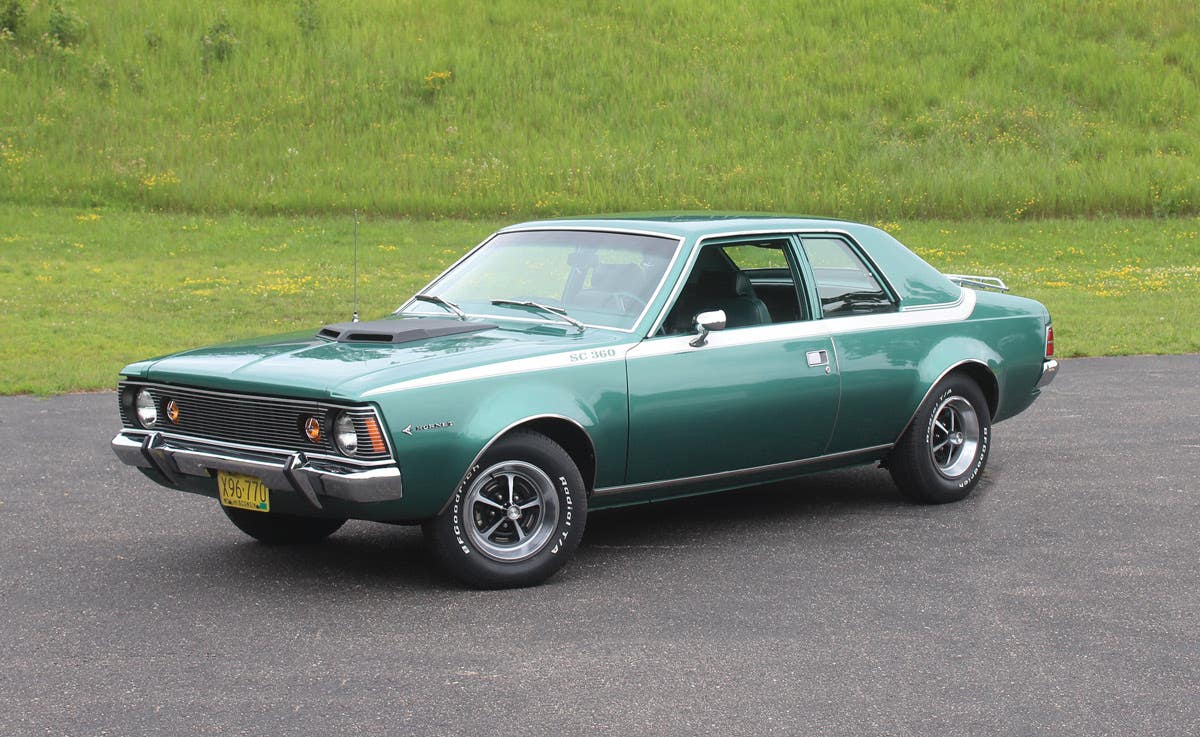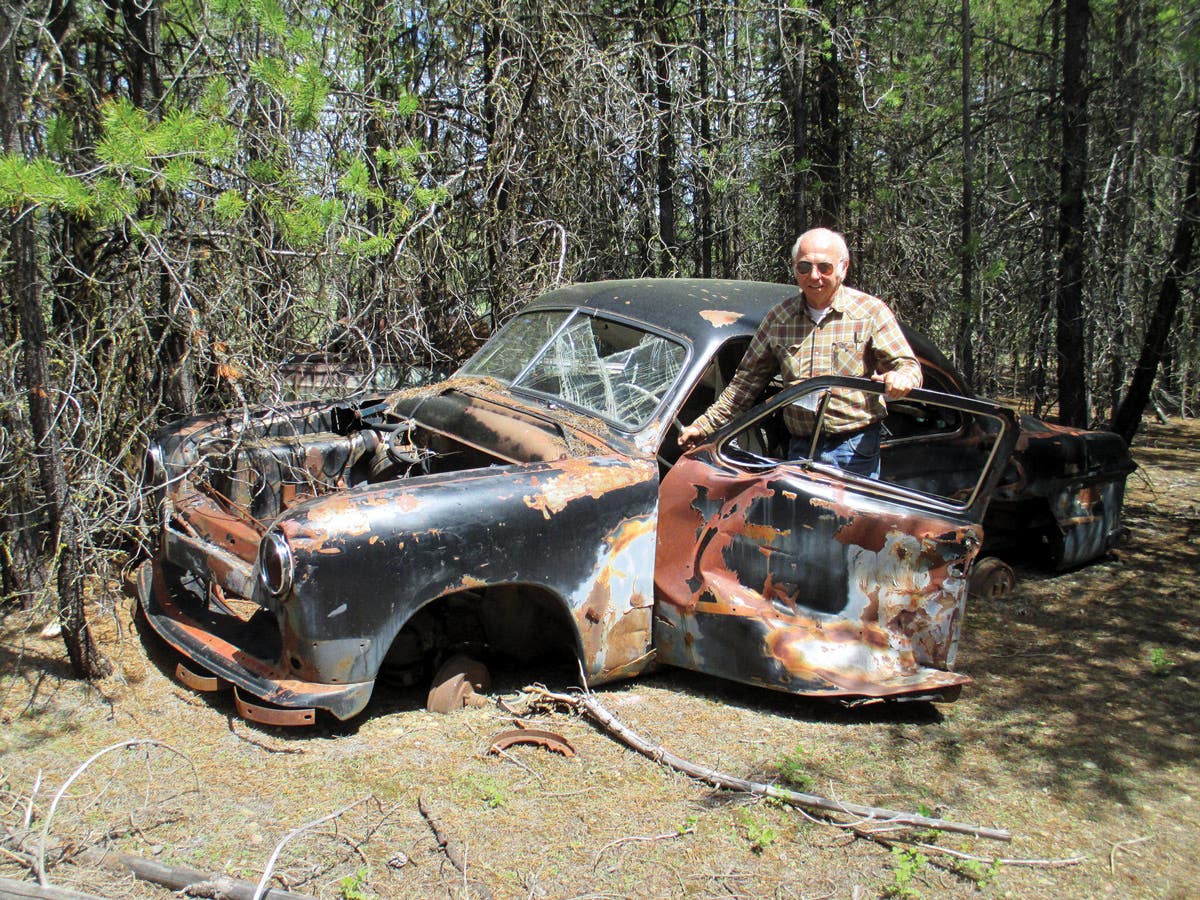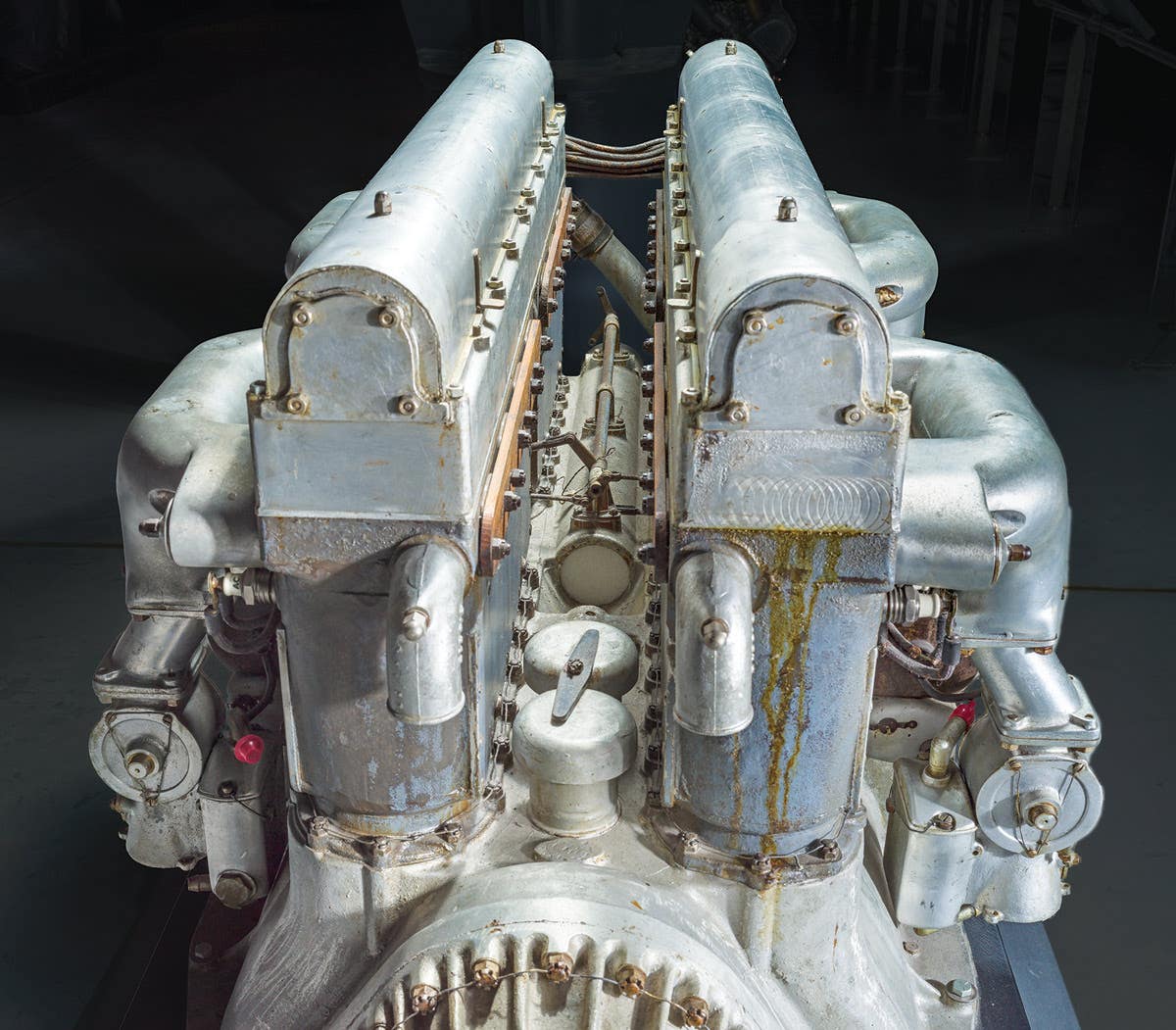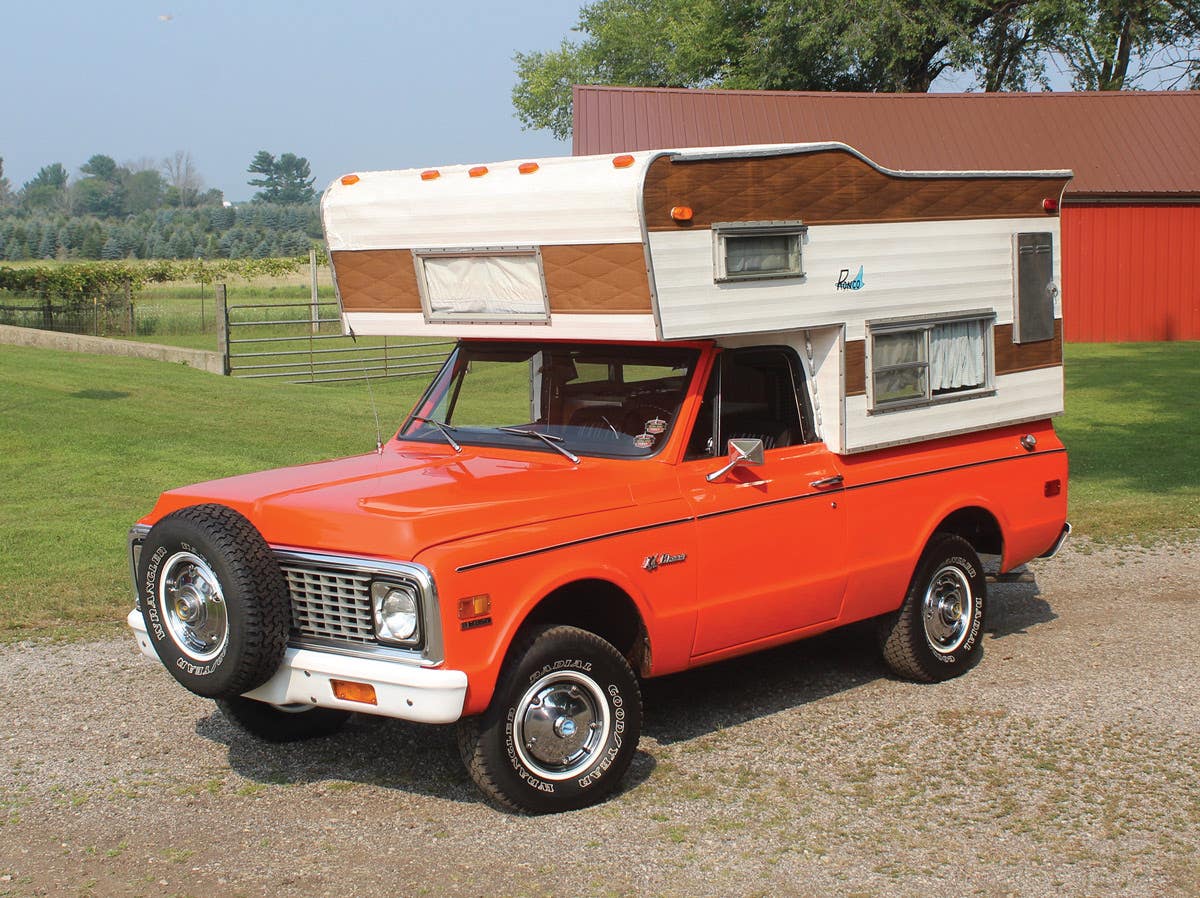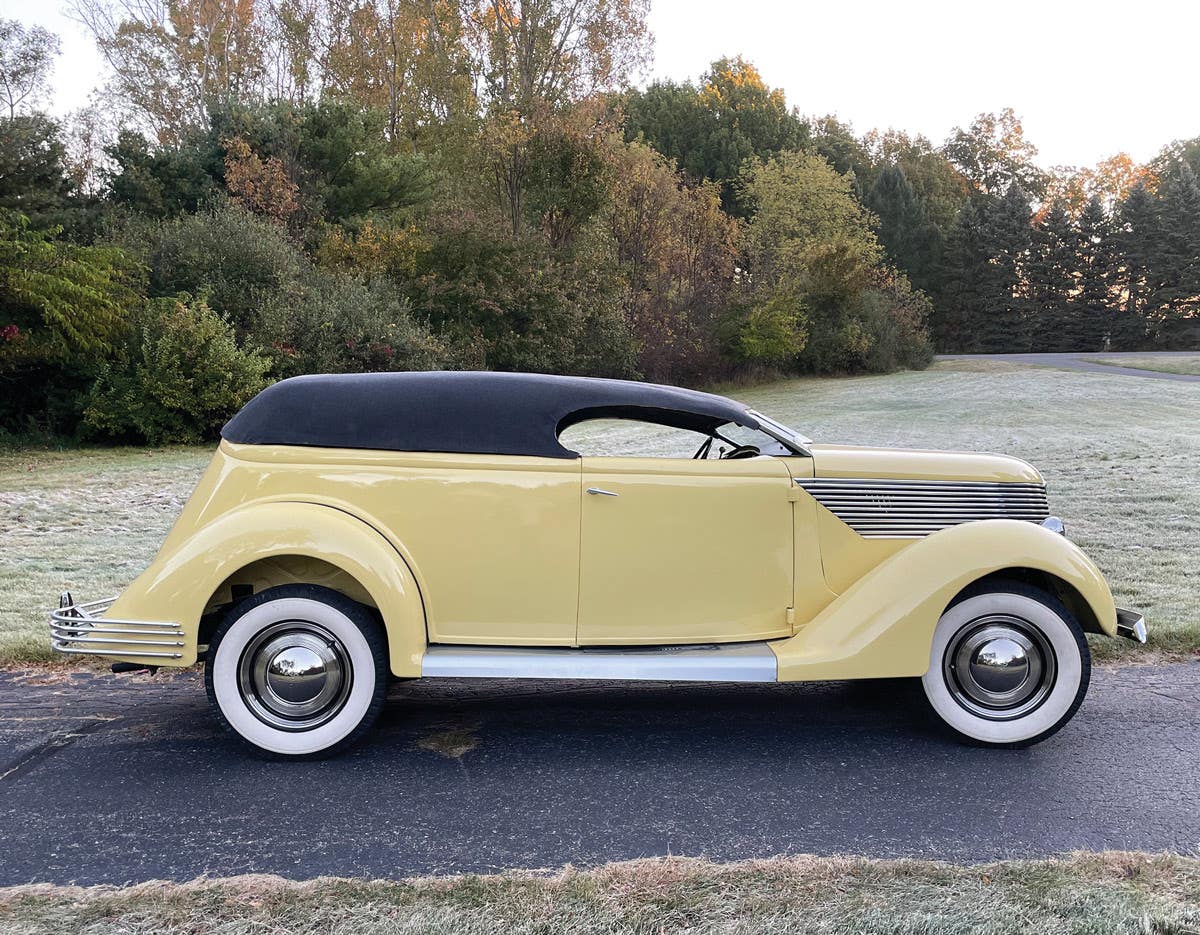The Mysterious Packard Monte Carlo: Part I
Was there more than one of the interesting Henney-designed Monte Carlo concepts? Maybe
of the Henney-built Monte Carlo hardtop. Geoffrey Hacker
I love research. Our team continues to look at the periphery of the collector car hobby with a focus on handcrafted cars from America’s early postwar period. Those vehicles include fiberglass-bodied sports cars and other low-volume and unique cars, such as our recently uncovered Packard convertible.
I first learned of the 1949 Packard Monte Carlo around 2010 when I was searching late one night for lost cars and other interesting postwar handcrafted mysteries. It showed up — and still appears — on the site collectorsweekly.com, and it looked different to me than other “bathtub” Packards I’d seen before.
Stalking a special 1949 Packard
In my teenage years, I bought my first “old car” in 1976, a 1955 Cadillac Fleetwood. While there was great car interest in my family, there was no one mechanically inclined, so at the age of 14 I went out and found a mentor where I lived: Paul Terhorst, of Buffalo Grove, Ill.
Terhorst was and still is a Packard guy with a great family: a wife, three daughters and no sons. So he put me to work and during my high school years, I learned about Cadillacs, Packards and other fine cars. The first Packard I drove of his was a 1949 anniversary model with a gas tank that whistled when you filled it up. Forty years later, I still have fond memories of driving that car.
Over the years, Terhorst continued to press me to buy a Packard, and each year I digressed more into unusual and handbuilt postwar cars — until the 1949 Packard Monte Carlo caught my eye.
Unrestored cars in need of restoration don’t bother me. They were built by men and women, and they can be fixed by men and women, too. And over the years, we have brought back a number of cars from the brink of extinction as part of what we do at Undiscovered Classics.
I loved the fluted sides of the Packard Monte Carlo that I had seen on the internet. Maybe Terhorst was right; maybe it was time to get a Packard. In late 2017, I started researching the Monte Carlo again. Surely it had been bought by someone some seven years later.
A few hours of searching revealed the name of the owner, but the information was years old. Repeated attempts to reach the owner were unsuccessful. Every time I found a phone number or address, the information turned out to be old and out of date. Perseverance is the key to most research, and that was the case with this car. I finally jumped out of the track I had been taking and into social media: Facebook, LinkedIn and other websites. I felt like a stalker, but I remained persistent by leaving messages for the owner with my contact information over and over again.
Three months later, a message finally appeared in my Facebook account that said, “Yes, I still have the Monte Carlo.” Within a few weeks we had a deal, and in the spring of 2018, my good friend Craig Johnson and I hit the interstate and were off to Texas to retrieve the Packard Monte Carlo convertible.
But what exactly had I found? That was the big question.
Uncovering the history of the Monte Carlo
Richard Arbib was the talented design hand behind the 1949 Packard Monte Carlo, a unique hardtop that was well documented in stories about Arbib’s years with Henney Motor Co. The Monte Carlo was his fi rst project for Henney and was used to help showcase what Henney and its designers could do to enhance and stimulate sales of the current Packard model.
According to the 2011 book “Packard 1948 to 1950” by Robert J. Neal, the author felt it was a reasonable possibility that Packard might pick up the Monte Carlo design for Henney production as a specialty car.
Construction of the first Monte Carlo concept began at Henney after it acquired a 22nd Series Custom Eight convertible that it modified into a hardtop to Richard Arbib’s design under his supervision. Neal’s book says no mention of the car was found in Packard archival material, and he assumed the Monte Carlo must have been shown to Packard as a proposal but it was rejected. “It was certainly a stunning car,” Neal commented. But it was most likely too close to the upcoming new styling change that would occur in 1951.
I contacted others about the convertible that I had found, which was similarly modified right down to the “Monte Carlo” scripts on the front fenders, but it was apparently not documented alongside the Monte Carlo hardtop. One of the folks I contacted was Alden Jewell, an automotive researcher, historian and literature collector who provided a short article from the Spring 1975 issue of the Packard Cormorant, but it reiterated much of the information that was in the later Robert Neal Packard book.
So what exactly do we have? In the next article, we’ll comparing the documented 1949 Monte Carlo hardtop to the recently uncovered Monte Carlo convertible and discuss where to go when information seems nonexistent.
- Geoffrey Hacker has done a wonderful job putting together a digital book on the Packard Monte Carlo. The information and production is impressive. You can download it for free HERE! Thank you Geoffrey.
If you like stories like these and other classic car features, check out Old Cars magazine. CLICK HERE to subscribe.
Want a taste of Old Cars magazine first? Sign up for our weekly e-newsletter and get a FREE complimentary digital issue download of our print magazine.



